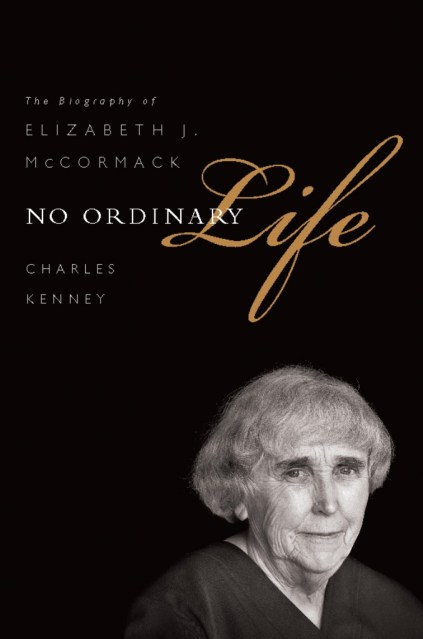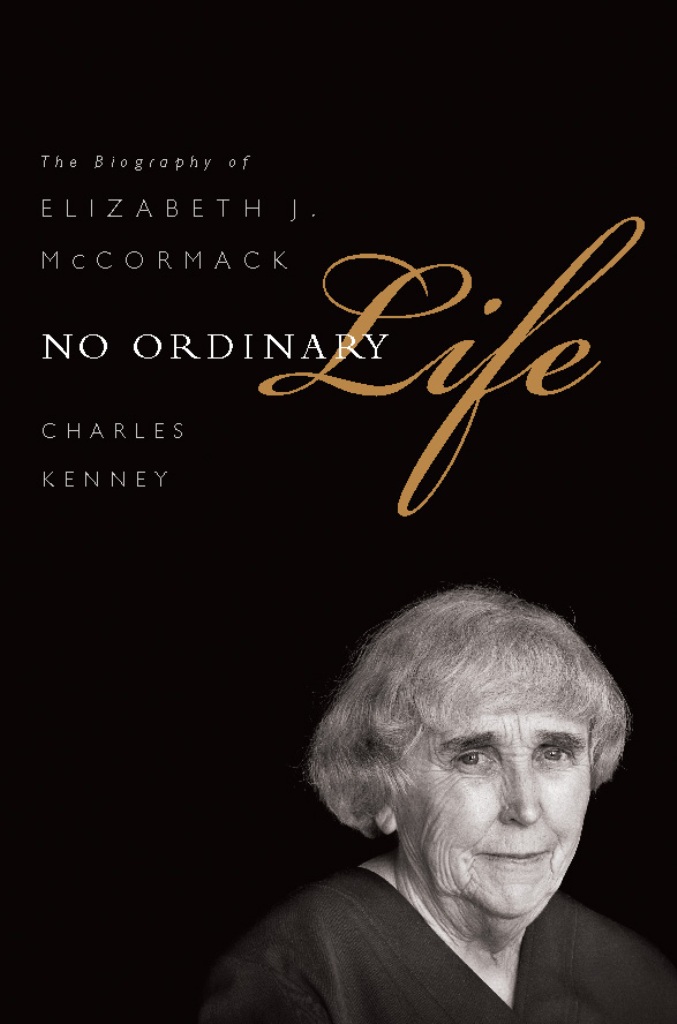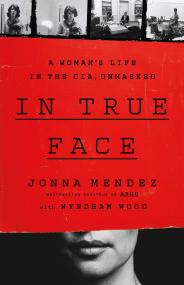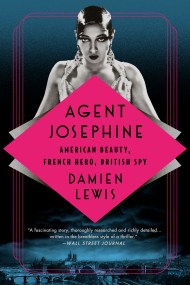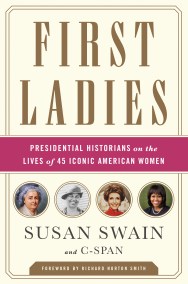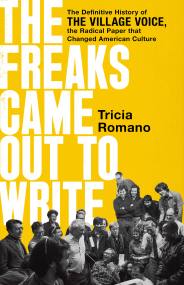Promotion
Use code MOM24 for 20% off site wide + free shipping over $45
No Ordinary Life
The Biography of Elizabeth J. McCormack
Contributors
Formats and Prices
Price
$13.99Price
$17.99 CADFormat
Format:
- ebook $13.99 $17.99 CAD
- Trade Paperback $20.99 $27.99 CAD
This item is a preorder. Your payment method will be charged immediately, and the product is expected to ship on or around April 3, 2012. This date is subject to change due to shipping delays beyond our control.
Also available from:
A member in the Society of the Sacred Heart for nearly thirty years; president of Manhattanville College in New York; recipient of a doctorate in philosophy; philanthropic advisor to the Rockefeller family; beloved wife of Jerome I. Aron; pivotal board member of some of the most generous foundations in the world, including Atlantic Philanthropies and the John D. and Catherine T. MacArthur Foundation. Today, Elizabeth McCormack is regarded by many as the very soul of philanthropy. Her unstinting practical advice and compassion have helped to inform the distribution of hundreds of millions of dollars to worthy causes around the world.
Genre:
- On Sale
- Apr 3, 2012
- Page Count
- 272 pages
- Publisher
- PublicAffairs
- ISBN-13
- 9781610392020
Newsletter Signup
By clicking ‘Sign Up,’ I acknowledge that I have read and agree to Hachette Book Group’s Privacy Policy and Terms of Use
